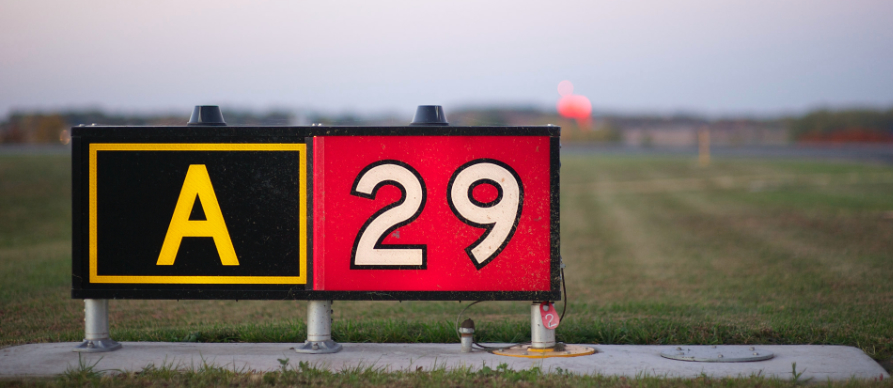
Airport signage, taxiways, runways, movement areas, and non-movement areas are essential components of airport infrastructure that ensure safe and efficient aircraft operations.
Airport signs are standardized around the world and have the following characteristics:
- Three dimensional signs and painted surface markings.
- Located next to runways & taxiways.
- Color coded by meaning.
- Each gives distinct message.
- Provide control & safety in the airport environment.
Areas of the Airport
Non-Movement Areas
The non-movement area comprises aprons (or ramps) and other areas not under ATC control where aircraft are parked, loaded, unloaded, refueled, or maintained.
Pilots and ground personnel can operate in these areas without ATC clearance.
Understanding these components is essential for pilots, air traffic controllers, and ground personnel to ensure the safe and efficient operation of an airport.
Movement Areas
The movement area includes runways, taxiways, and other areas of an airport used for taxiing, takeoff, and landing of aircraft. At airports with a control tower, Air Traffic Control (ATC) has jurisdiction over these areas, and clearance is required to enter them.
Taxiways
Taxiways are paths on an airport that connect runways with aprons, hangars, terminals, and other facilities. They are marked with a yellow centerline and, in some cases, edge markings.
Taxiways are identified by letters (A, B, C, etc.) or letter-number combinations (A1, B2, etc.).
Runways
Runways are specified rectangular areas on an airport used for the landing and takeoff of aircraft. They are numbered based on their magnetic azimuth (direction) rounded to the nearest 10 degrees.
For instance, a runway oriented 290 degrees would be Runway 279.
Key features of runways include:
- Runway Threshold: The beginning of the runway available for landing.
- Runway Designators: Numbers painted on the runway surface indicating the runway heading.
- Runway Centerline: A dashed white line running down the middle of the runway.
- Runway Edge Lighting: White lights lining the edges of the runway.
- Touchdown Zone Markings: White stripes that indicate the ideal touchdown area for landing aircraft.
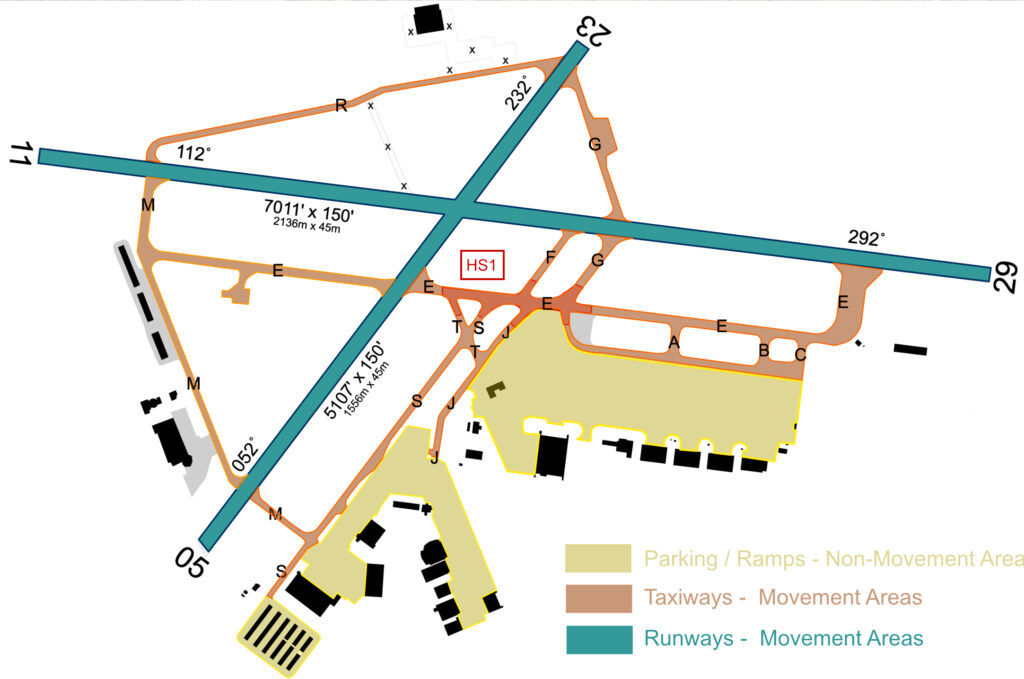
Airport Sign Categories
Airport signs are crucial for providing information and directions to pilots. They are generally categorized into the following types:
Mandatory Instruction Signs
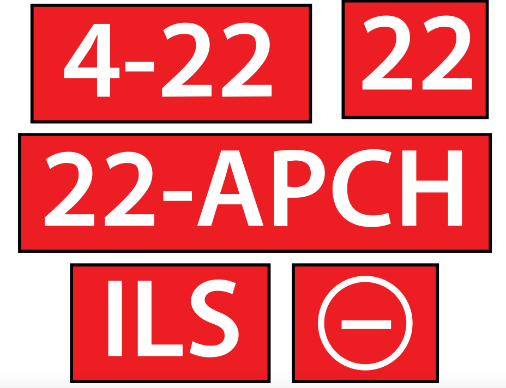
Mandatory Instruction Signs are Red background with white text. These signs indicate areas where aircraft must stop, such as runway entrances (e.g., “Runway 29”).
- Red background with a white inscription.
- Mandatory Runway holding position entrance to runway from a taxiway
- Mandatory Runway approach area holding position
- Mandatory ILS critical area holding position
- No entry sign, Denotes aircraft entry is prohibited
Location Signs
Location Signs are Black background with yellow text. (“Black square – you’re there“) These signs identify the taxiway or runway where the aircraft is currently located (e.g., “Taxiway E”).

- Denotes your current location
- Taxiway location signs
- Runway location signs
- Runway boundary signs
- ILS critical area boundary signs
Direction Signs: Yellow background with black text and arrows. These signs indicate the direction of taxiways leading out of an intersection (e.g., “T ->”).
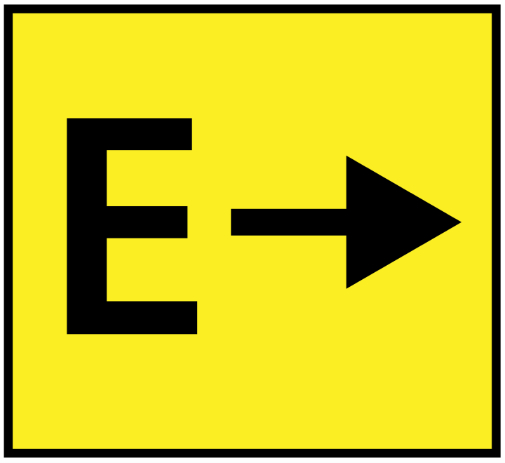
- Denotes designation direction of intersecting taxiway(s).
- Located on Left side, prior to intersection,
- Array L to R in clockwise manner.
- Yellow background with a black inscription.
- Arrow indicates the direction of the turn
Destination Signs: Yellow background with black text and arrows. These signs provide information about the direction to specific destinations on the airport (e.g., “Terminal ->”).
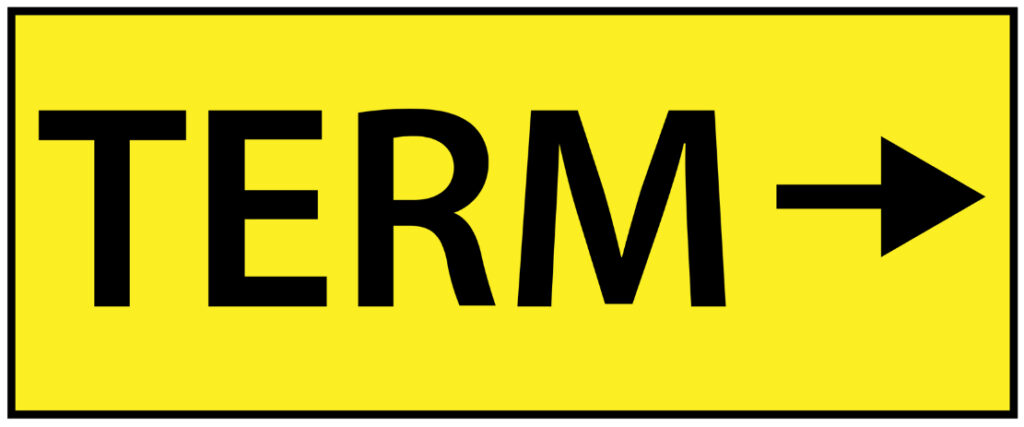
- Yellow background with a black inscription / arrow
- Defines directions to airport destinations for arriving aircraft.
- Located on taxi routes
- Never collocated or combined with other types of signs
- Terminals / Cargo areas / FBOs. etc
Information Signs: Yellow background with black text. These signs provide information such as noise abatement procedures, radio frequencies, etc.
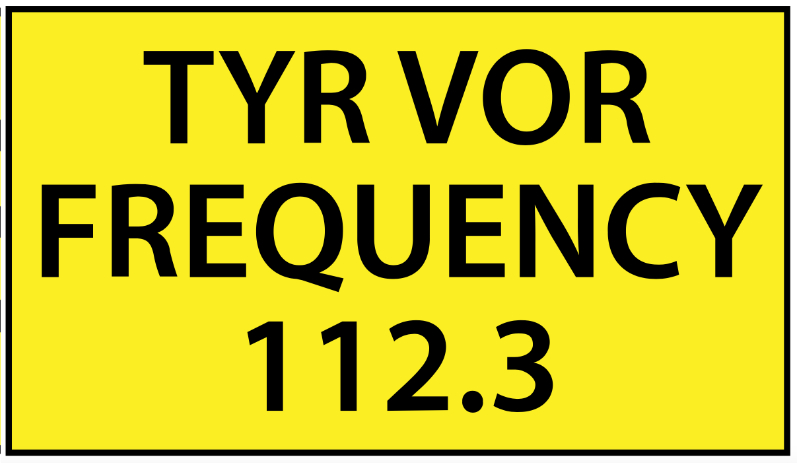
- Yellow background with a black inscription
- Used to provide the pilot with information
- Provides procedural or other specialized information.
- Located along taxi routes or aircraft parking
- Radio frequencies / Noise abatement procedures.
Runway Distance Remaining Signs: Black background with white numbers. These signs indicate the remaining length of the runway in thousands of feet.
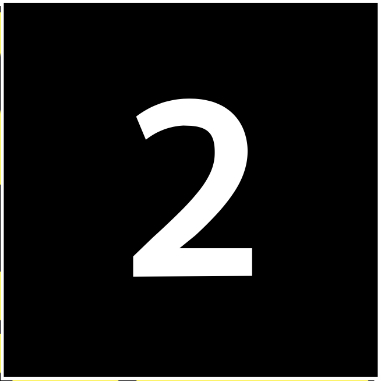
- Black background with a white numeral
- May be installed along one or both sides of the runway.
- Indicates the distance, in thousands of feet
- Distance remaining info for take-off & landing.
Taxiway Markings
Non-Movement Area Boundary
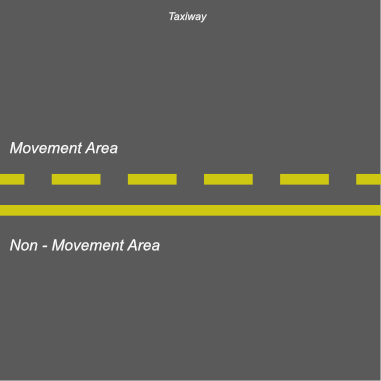
Delineates movement area (taxiways etc) under control of ATCT, from non-movement area (ramp / parking area).
Located on boundary between movement and non- movement area
The solid line is located on the non-movement area side (not under ATC control).
The dashed yellow line is located on the movement area side (ATC controlled).
A taxi clearance is required to cross the solid line at a towered airport
Taxiway Edge Boundary Markings
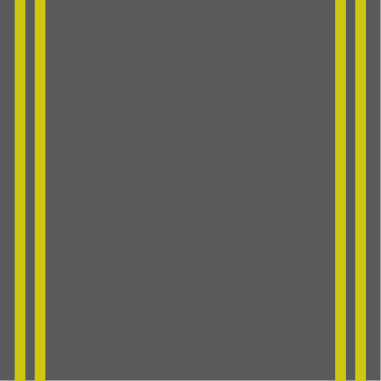
- Double, solid yellow lines
- Defines edge of usable, full strength taxiway.
- Located along contiguous shoulder or other paved surface NOT intended for use by aircraft.
Taxiway Center Line
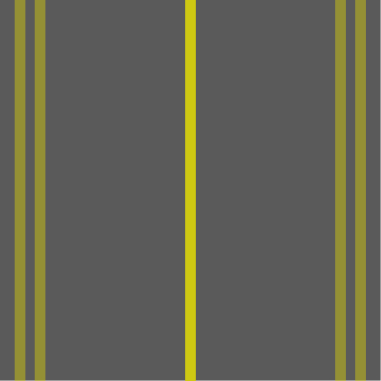
- Solid Yellow Line
- Defines centerline of usable taxiway.
- Leads aircraft along from non-movement areas to movement areas within ramp area.
- Leads aircraft to destination depending on intentions / requirements
Taxiway Hold Line

Holding Position Markings on Taxiways Located in Runway Approach Areas. These markings are used at some airports where it is necessary to hold an aircraft on a taxiway located in the approach or departure area of a runway so that the aircraft does not interfere with the operations on that runway.
Holding position for ILS critical areas
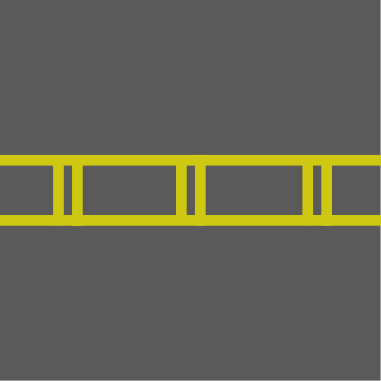
- Two solid yellow lines (horizontal) connected by pairs of solid lines (vertical)
- Extends across the width of the taxiway.
- ATC notifies pilots when to hold short of an ILS critical area.
Enhanced Taxiway Center Line
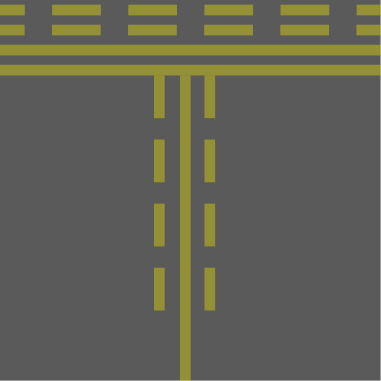
- Dashed lines alongside taxiway centerline
- Provides visual cue to help identify location of runway hold position.
- 150’ prior to a runway holding position marking.
Runway Holding Position Markings
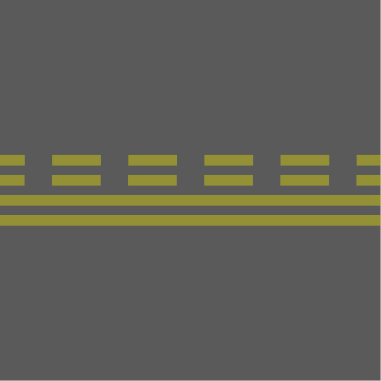
Runway Holding Position Markings Denotes entrance to runway & indicate where aircraft MUST STOP when approaching a runway. They consist of four yellow lines, two solid and two dashed, spaced six or twelve inches apart, and extending across the width of the taxiway or runway. The solid lines are always on the side where the aircraft must hold. At towered airport a clearance is required to cross runway hold position. At Non-towered airport, crossing cross runway hold position is at pilot’s discretion.
There are three locations where runway holding position markings are encountered.
- Runway Holding Position Markings on Taxiways
- Runway Holding Position Markings on Runways
- Holding Position Markings on Taxiways Located in Runway Approach Areas
Surface Painted Runway Hold Position
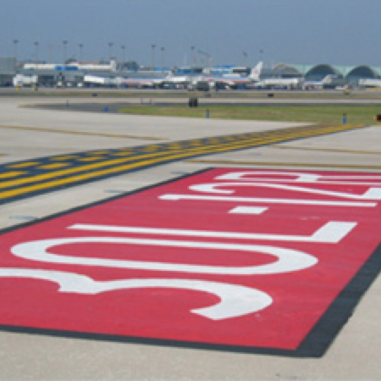
- Mandatory hold sign
- When the holding position on the taxiway is greater than 200′
- Red background with a white inscription
- Located at runway holding positions.
- Denotes runway you are entering
Runway Markings
(update in progress)